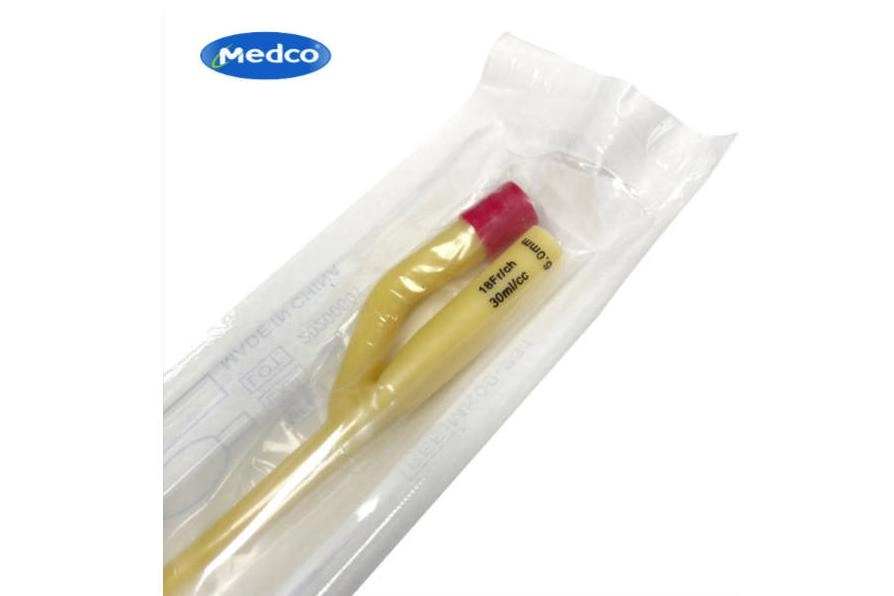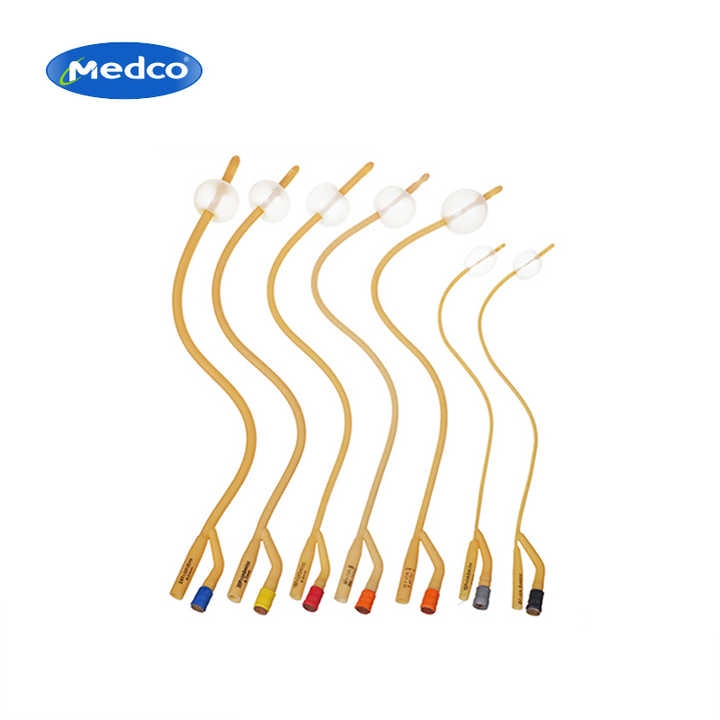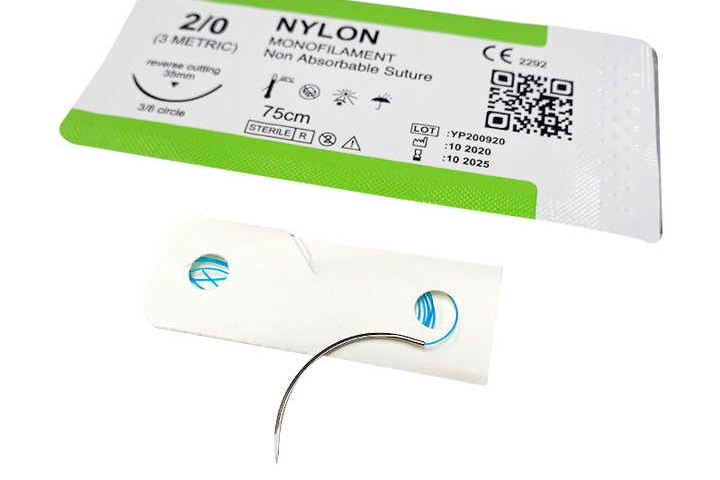
What is the standard of care for a foley catheter?
What Good Care Looks Like and Why It’s a Big Deal
Taking care of a Foley catheter means following the everyday steps and tips that nurses and doctors use to keep this device safe and doing its job. A Foley catheter is a soft tube that goes into the bladder to drain pee. It’s often used for folks who can’t urinate on their own, after an operation, or for certain health problems. Doing these steps right helps avoid issues like infections, injuries, or other troubles. It also keeps people comfy and sets them up for the best recovery.
Why does good care matter so much? Doing it right really cuts down on catheter-associated urinary tract infections (CAUTIs). These are super common infections people can get in hospitals. Plus, these steps make things safer for patients. They help folks heal quicker and feel better overall.
Key Pieces of Foley Catheter Care
The key to solving this problem lies in understanding the core requirements and translating them into actionable steps. First, identify the primary variables involved and their relationships. Next, apply logical reasoning or mathematical operations based on the context (e.g., calculating averages, analyzing trends, or comparing scenarios). Finally, present the conclusion clearly, ensuring it directly addresses the original question.
What’s the best way to care for a catheter?
Simple Tips for Keeping a Foley Catheter in Top Shape
Looking after a Foley catheter the right way takes a few important steps to stop infections and keep it working smoothly. These tips come from solid, tested know-how. They’re all about giving people the best care when they need a urinary catheter.
Staying Clean to Keep Infections Away
Keeping things clean is huge when it comes to Foley catheter care. Before touching the catheter or anything connected to it, healthcare folks need to scrub their hands with soap and water. They can also use a hand sanitizer with alcohol. The spot where the catheter goes in should be washed every day with germ-killing solutions. This keeps bacteria from building up.
Patients should also keep the area around their private parts clean. Washing regularly stops gunk from piling up, which could cause infections. It’s also really important to keep the drainage bag lower than the bladder but off the floor. This stops pee from flowing back into the bladder.
Putting It In and Taking It Out the Right Way
Putting in a Foley catheter has to happen in a super clean setting by someone who knows what they’re doing. Using clean gloves, germ-killing solutions, and the right lubricant makes it easier on the patient. It also lowers the chance of infections.
Taking the catheter out needs careful steps too. The balloon that keeps it in place inside the bladder has to be fully emptied before pulling it out. This stops any pain or harm to the urethra.
Keeping an Eye on It While It’s in Use
Checking on the catheter is a must to make sure it’s doing its job without causing problems or discomfort. Regular looks help catch any issues early.
Spotting and Fixing Problems
Healthcare folks should watch for trouble like blockages, leaks, or CAUTIs. Things like a fever, cloudy pee with a funky smell, or pain in the lower belly might mean an infection. Those need attention right away.
If something goes wrong, they might flush the catheter to clear out blockages. Sometimes, they’ll need to swap it out if it’s not working or gets dirty. Catching problems early and fixing them fast keeps patients safe and stops bigger issues.
By sticking to these tips and keeping up great care habits, healthcare folks can provide safe and helpful treatment. This keeps the risks of using a Foley catheter way down.
What Healthcare Folks Do to Keep Things on Track
Learning and Training for Foley Catheter Care
Healthcare workers are the key to making sure Foley catheter care is done right. Good training and know-how are super important. They make sure everyone who puts in, looks after, or takes out catheters knows the best ways to do it. Taking care of a Foley catheter means following the everyday steps and tips that nurses and doctors use to keep this device safe and doing its job. Training often includes hands-on practice, talks, and quick tests to make sure folks know how to keep things clean, put it in right, and handle common hiccups.
Training also zooms in on stopping infections. For example, learning how to cut down on catheter-associated urinary tract infections (CAUTIs) is a huge part of it. Doing it right really cuts down on catheter-associated urinary tract infections (CAUTIs). These are super common infections people can get in hospitals. Regular classes or refreshers keep healthcare workers in the loop on new catheter designs and the latest care tips.
What They Do to Check on Patients
Keeping tabs on patients with Foley catheters is another big job for healthcare workers. Regular checks make sure the catheter is working without causing trouble or discomfort. They need to spot issues like blockages, leaks, or infections fast. Things like a fever, cloudy pee with a funky smell, or pain in the lower belly might mean an infection. Those need attention right away.
Nurses and other caregivers make sure the spot where the catheter goes in stays clean. They wash it every day with germ-killing solutions to stop bacteria from growing. They also make sure the drainage bag is in the right place—lower than the bladder but off the floor. This stops pee from flowing back and causing problems.
Teaching patients is a big deal too. When folks go home with a catheter, they need easy-to-follow instructions on how to care for it. This includes how to keep it clean, how to spot infection signs, and when to call a doctor.
Medco’s Urine Foley Catheter: Nailing All the Standards

Medco, a pro supplier of medical gear in China, offers awesome urine Foley catheters made to hit top safety and performance marks. We are specialized in manufacturing and marketing various hospital equipment (apparatuses), medical disposable items, surgical dressings, laboratory products, home care products, etc. These catheters use high-quality materials and clever design tricks. They’re built to keep patients comfy and cut down on risks from using them for a long time.
Medco’s all about quality, and it shows in their strict production rules. Our products are produced in a strict quality control system. Every Foley catheter gets a thorough check before shipping to make sure it meets CE0123 & ISO13485 certifications. This focus on doing things right has made Medco a go-to name for healthcare providers all over the world.
On top of killer products, Medco offers top-notch support for its customers. From online tech help to custom packing for big orders, Medco makes sure its clients get not just great supplies but also fantastic service.
For hospitals or clinics hunting for solid urinary management options, Medco’s urine Foley catheters are a great choice. Our service puts patient safety first while being super easy for healthcare workers to use. This shows Medco’s knack for creating game-changing medical products for the world.
FAQ
Q: What is a Foley catheter, and why is it used?
A: A Foley catheter is a soft, flexible tube placed in the bladder to drain urine. It’s commonly used for people who can’t urinate on their own, such as those with urinary retention, after surgery, or with certain medical conditions. It helps keep the bladder empty and prevents complications.
Q: What does standard of care mean for a Foley catheter?
A: The standard of care refers to the everyday steps and tips healthcare workers follow to make sure the catheter is safe and works well. This includes keeping things clean, inserting and removing it correctly, checking it regularly, and teaching patients how to care for it. These steps help avoid infections and other issues.




